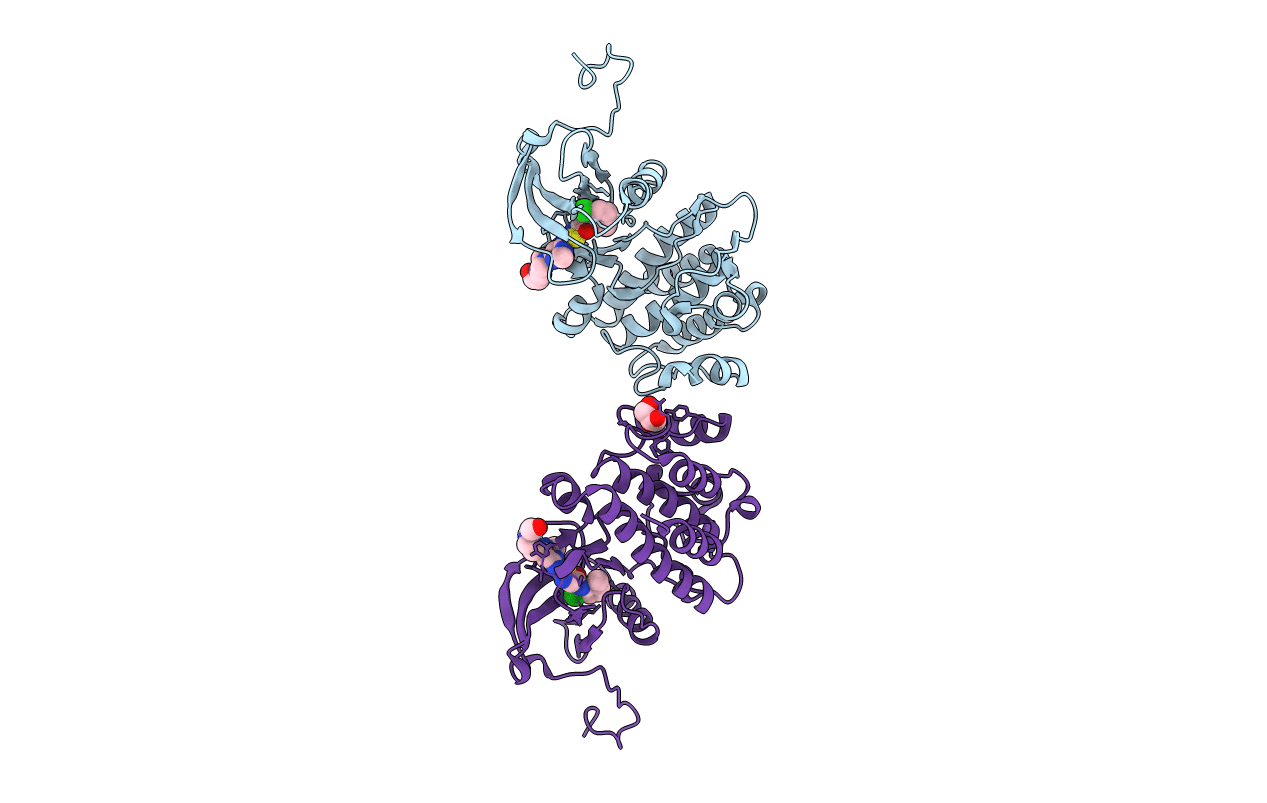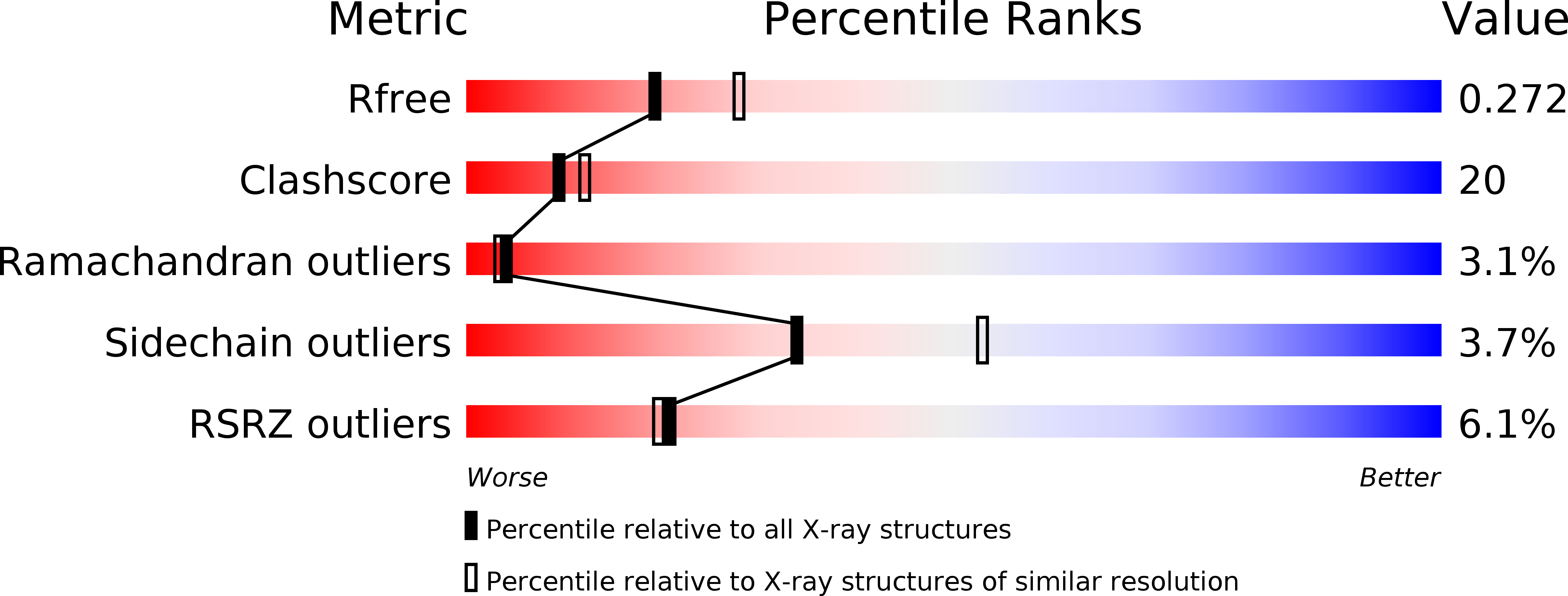
Deposition Date
2006-04-20
Release Date
2006-11-21
Last Version Date
2024-11-20
Entry Detail
PDB ID:
2GQG
Keywords:
Title:
X-ray Crystal Structure of Dasatinib (BMS-354825) Bound to Activated ABL Kinase Domain
Biological Source:
Source Organism:
Homo sapiens (Taxon ID: 9606)
Host Organism:
Method Details:
Experimental Method:
Resolution:
2.40 Å
R-Value Free:
0.27
R-Value Work:
0.20
Space Group:
P 43 21 2


